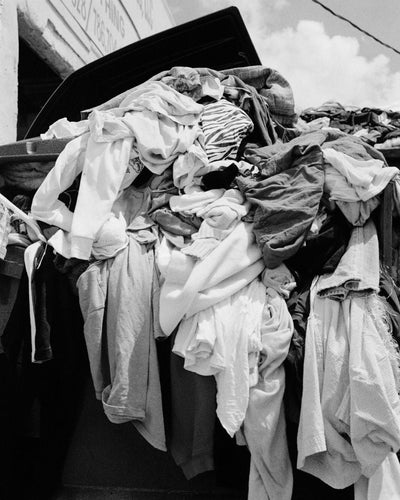
What is Fast Fashion?
Share
There is so much talk about fast fashion lately but what exactly is fast fashion? When someone uses the term our minds generally jump straight to brands like Shein, Boohoo etc. But what actually makes up a fast fashion brand.
Fast fashion refers to the rapid production of inexpensive clothing to meet the latest trends, often replicating styles seen on runways or popular media.
This has become the "dupe" trend but what people don't realise is that the original designer has spent a lot of time, effort and money on this design. They have high quality for longevity of the garment they use sustainable practices to perfect their personal design. Hence why the price point is a reflection of this in most cases. If you really think about it, why can brands like Kmart or Shein charge so little......
This business model of fast fashion prioritises speed and affordability, enabling consumers to purchase trendy clothing quickly and cheaply. However, it is characterised by several key features:
- Rapid Production Cycles: Brands quickly design or copy, manufacture, and distribute clothing to keep up with ever-changing fashion trends, sometimes in as little as a few weeks.
- Low Costs: Clothing is often made from cheap materials and labor, making the products affordable but often low in quality. Have you ever had something that lasted about two wears and washes? I have!
- High Turnover: Fast fashion encourages frequent purchasing by constantly releasing new styles, resulting in consumers discarding clothes after short-term use.
- Environmental and Social Impact:
- Environmental Harm: Fast fashion contributes to pollution, excessive water use, textile waste, and carbon emissions. Materials like polyester, which are common in fast fashion, do not biodegrade.
- Labor Concerns: The industry often relies on underpaid and overworked labor in developing countries, sometimes under poor or unsafe working conditions.
The fast fashion model has been criticised for promoting overconsumption, waste, and unsustainable practices, we need to be more conscious of our choices and purchase brands that don't have these values at the forefront of their business model.
You may have noticed many brands are now working on changing their impacts towards manufacturing, fabric choices and designs. The market is definitely swinging towards a more conscious choice and by being here you are too! xx
